Foodservice, retail
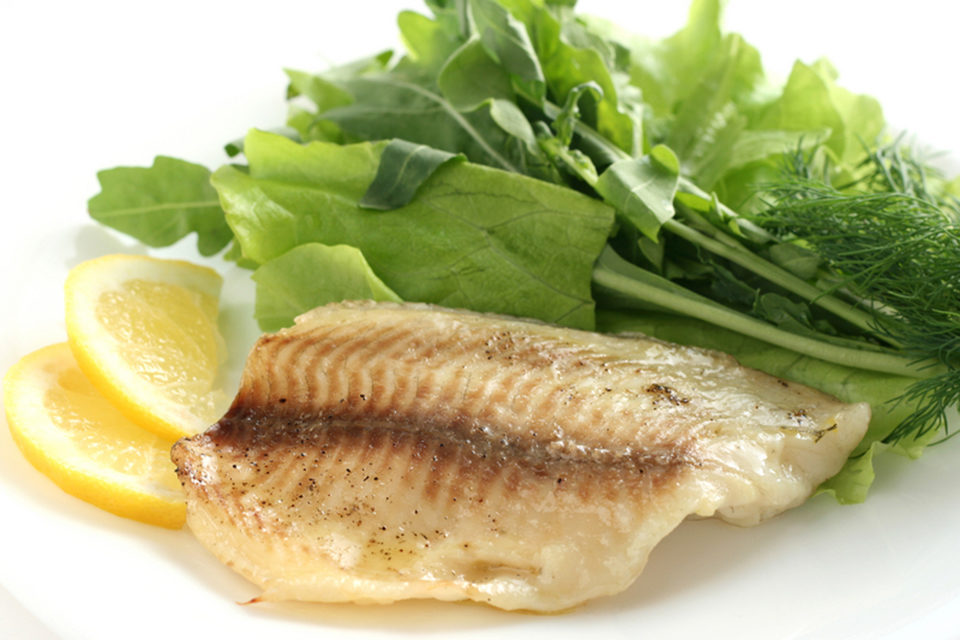
According to a report by the Food and Agriculture Organization of the United Nations on the state of the world’s fisheries and aquaculture, aquaculture met approximately 46 percent of the worldwide demand for fish for human consumption in 2008. Asia accounted for 89 percent of the aquaculture production, with China topping the list at approximately 62 percent of total production. Less than 1 percent of the world’s aquaculture production occurred in the United States.
The North American aquaculture industry has the knowledge and capability to increase domestic production through the use of recirculating aquaculture systems, but the industry is challenged by stiff competition from low-cost imported seafood. Recirculating facilities in North America currently rely on specialty or niche markets, where producers can command a high price. For example, almost all North American tilapia producers serve the live market for profitability. While these markets have made development of the industry possible, it is unlikely they can support further industry expansion.
To help North American tilapia producers identify attractive markets for their products beyond the live market, the author carried out a survey of representatives of four major market sectors, who identified the value of attributes such as fresh never frozen, locally produced andd hormone free. The work was made possible with financial support from the Federal-State Marketing Improvement Program of the Agricultural Marketing Service, U.S. Department of Agriculture.
While the information gathered refers specifically to markets in the North America., it can be helpful to many aquaculture producers, importer and exporters.
Chain restaurants
Chain restaurants operate numerous outlets that are all consistent in terms of menu, atmosphere and quality. Cooks at chain restaurants have little or no authority to select their menu items. Decisions are typically made by the top administration, so changes are reflected in all outlets. Generally, their aim is to provide their products at a high volume and at the lowest possible cost.
Customers of chain restaurants are normally price conscious, desiring to obtain the best possible price and value. Representatives of chain restaurants with national scope and another operating regionally within the U.S were interviewed. The clear message from this sector is that while quality is important, price is critical.
The chain restaurant sector represents a tremendous volume of sales, but due to its focus on low-cost menu items and a lack of interest in educating consumers on the specifics of the food products served, it appears no price premiums are available for local, fresh products.
One 2010 price point shared in the review was $1.65 per pound ($3.63/kg) for an entire container of frozen tilapia fillets of mixed sizes from 3 oz (85 grams) to over 7 oz (198 grams) delivered to the mid-Atlantic region. It would be difficult for North American producers to compete with that price. At a minimum, a large-enough volume of fish would have to be produced to support an automated filleting facility, since the cost of hand filleting alone would likely exceed $1.65 per pound in the United States.
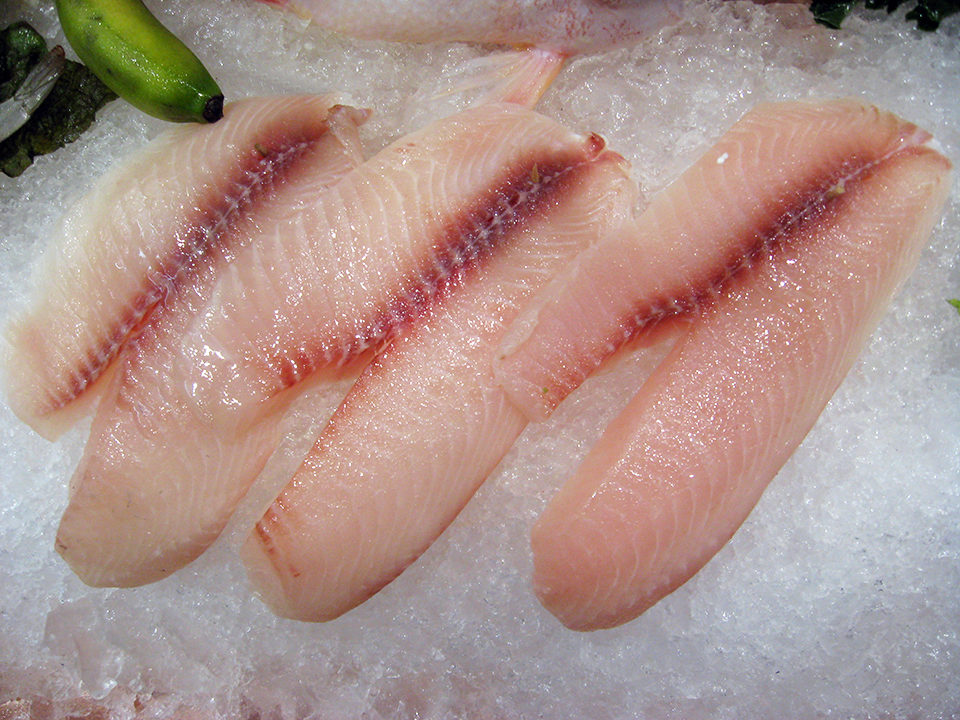
White tablecloth restaurants
White tablecloth restaurants are generally local, independently owned restaurants that attract customers who expect to pay higher prices than at chain restaurants for the restaurants’ specialty products. Typically, chefs in this sector are directly involved in purchasing decisions. They generally do not purchase high volumes of product at one time due to storage space limitations and the desire for very fresh products.
All chefs interviewed representing this sector indicated that quality was critically important, and that cost, while important, was secondary to quality. All indicated that customers were interested in the source of the food served, and there was some interest/concern that food was produced in an environmentally sustainable manner.
All indicated they sourced food locally whenever possible to achieve the requisite quality. Two-thirds said they educated their customers through their wait staff, who were expected to be knowledgeable about the items on the menu. Some chefs also had a more direct relationship with their customers and talked to them personally.
All indicated that fresh tilapia fillets were of the most interest to them, and they had little interest in frozen fillets. The price point given was in the $4.00 to 6.00 per pound ($8.80-13.20/kg) range.
The challenge this sector represents from a marketing perspective is that the restaurants require a relatively small volume, delivered frequently. Hence, the supplier would most likely need to work with a distributor to assure frequent, timely delivery. Use of a distributor would add another cost, reducing the profit available to the tilapia producer.
Institutional foodservice
Institutional foodservice provides food in institutional settings such as schools, universities, hospitals, jails and military facilities. Results of interviews in this sector indicated that, in general, institutional settings, like chain restaurants, are most concerned with product cost. There is little opportunity to command a premium price for local, fresh products.
However, there are exceptions to this rule, such as in university settings, where there are many food venues within one institution and a large, diverse customer base is served. In this setting, there may be a price premium available for a fresh, local product.
Retail
The final sector investigated was retail, where products are sold to customers who take them home to cook and consume. Managers of several major retail food firms were interviewed, and price surveys for both fresh fillets and value-added seafood offerings were performed at grocery retailers. The outlets were chosen to represent different sectors of the retail market that appeal to consumers of differing socioeconomic levels and interests.
The stores reviewed included low-price, “big-box” retailers, traditional grocery retailers, “health food” cooperatives and high-end specialty grocers. It can be assumed that pricing pressures are stronger at the low end of the retail outlets surveyed, and that the average education level of consumers increases as you go up the scale.
These factors exert a strong influence on whether a consumer will respond to product attributes beyond price and convenience. Claims tied to health benefits, sustainable farming practices, enhanced freshness and product quality, or local/domestic sourcing have a much higher chance of being considered and valued at the cooperative and high-end specialty stores. Both the big-box retailer and the traditional grocery store retailer offered little room for achieving a premium price for special fillet product attributes. However, the natural foods cooperative and high-end specialty grocery did offer opportunities for niche marketing.
Perspectives
The results of this analysis were clear. There is some opportunity for sales of high-quality, locally sourced, environmentally sustainable filleted tilapia products to white-tablecloth restaurants and high-end specialty and health food retail markets. In these venues, more-educated, more-affluent consumers are willing to pay premium prices for an attractive, fresh, local/domestic product.
The brightest possibilities for fresh tilapia fillets appear to be in finding ways to meet the low-volume, high-frequency demand from individual professional chefs and restaurateurs, and in careful exploration of value-added options in the high-end specialty grocery marketplace
(Editor’s Note: This article was originally published in the March/April 2012 print edition of the Global Aquaculture Advocate.)
Author
-

George J. Flick, Jr., Ph.D.
Food Science and Technology Department
Virginia Tech/Virginia Sea Grant (0418)
Blacksburg, Virginia 24061 USA[117,100,101,46,116,118,64,103,107,99,105,108,102]
Tagged With
Related Posts
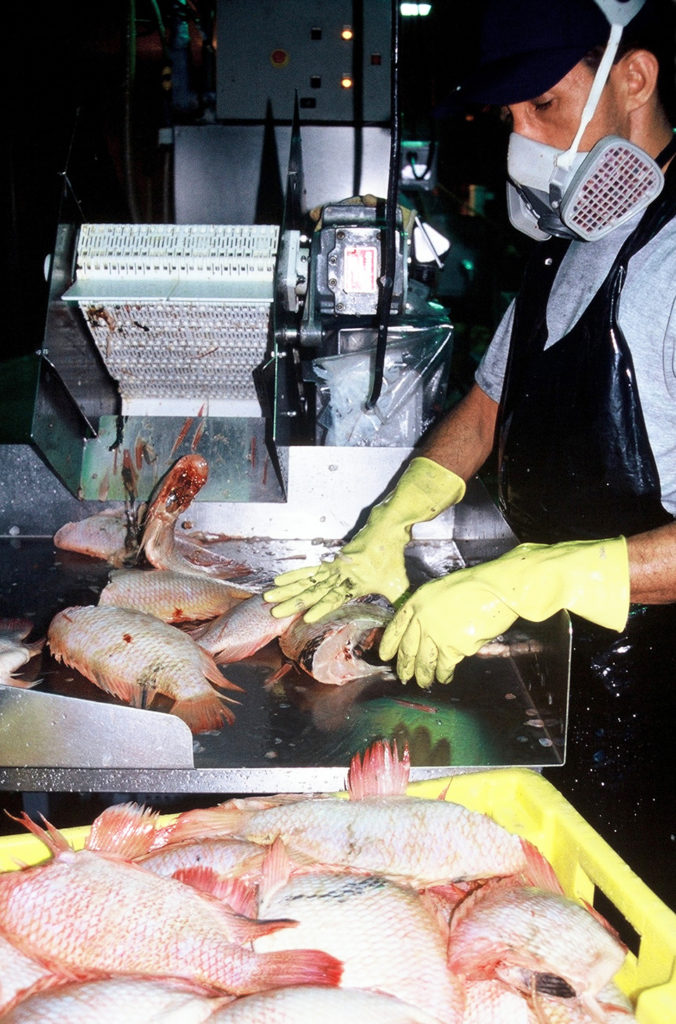
Intelligence
North American markets for fresh tilapia, part 2
Overall costs for hand filleting tilapia relate primarily to labor and the throughput of fish to be filleted. Labor is the largest expense. Salaries vary, and cutters’ yield efficiencies increase with practice.
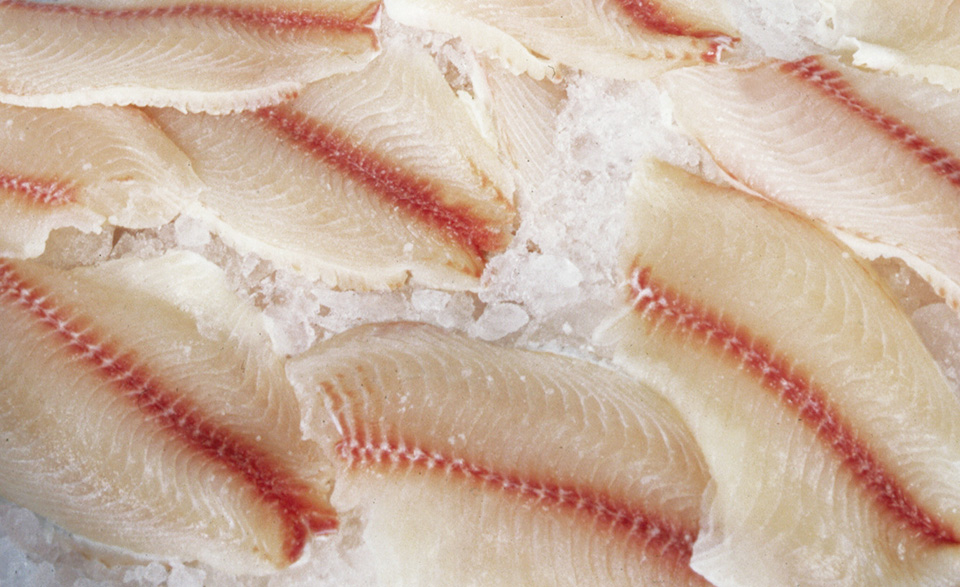
Intelligence
North American markets for fresh tilapia, part 3
An analysis of tilapia processing in which the cost of the fish was not included found that automated cutting of fillets was significantly less expensive than hand cutting.

Health & Welfare
A look at tilapia aquaculture in Ghana
Aquaculture in Ghana has overcome its historic fits and starts and is helping to narrow the gap between domestic seafood production and consumption. Production is based on Nile tilapia.
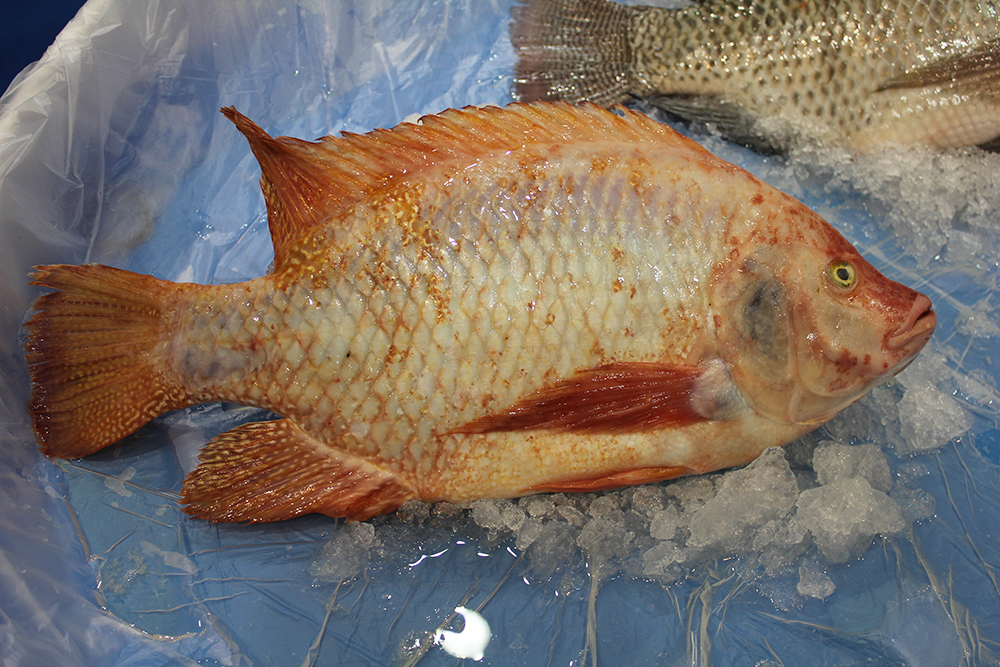
Intelligence
Adding value to tilapia to tap into U.S. market
New markets for tilapia and expansion of existing ones can be created by planning and implementing properly designed geographic strategies to meet discriminating consumer preferences. Low labor costs in most producing countries promotes value-adding by the production of fresh fillets.

